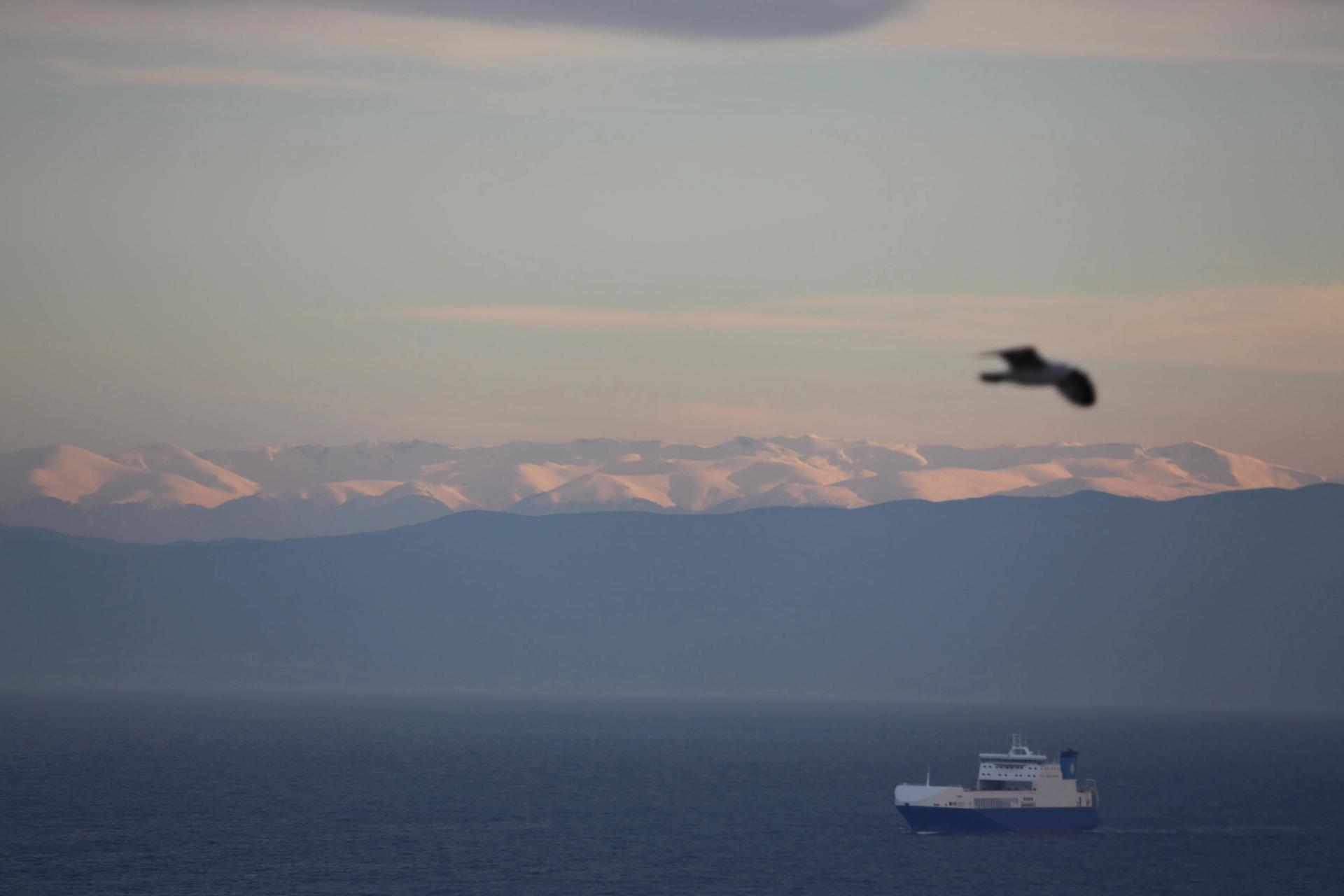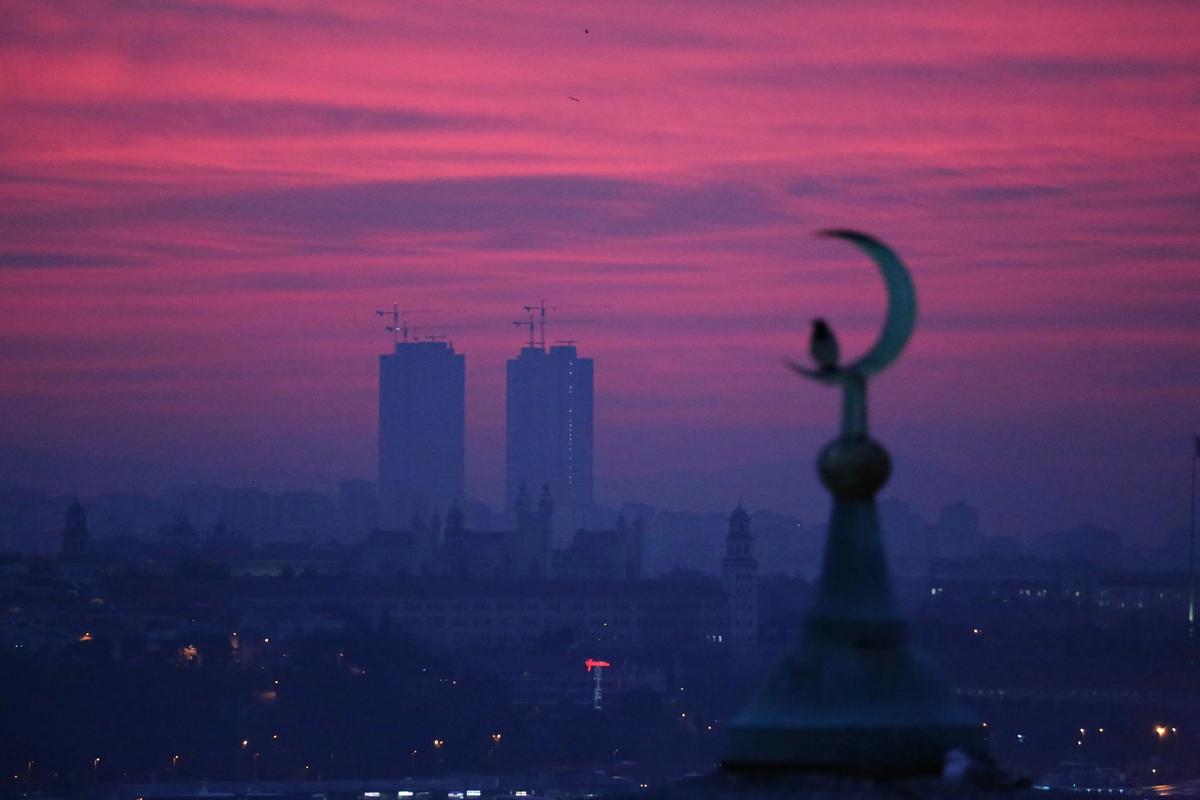A case of writer’s block forced Nobel laureate Orhan Pamuk out of his studio and onto his balcony to take thousands of photographs of Istanbul’s Bosphorus Strait. His dreamy images of the timeless city now comprise a sweeping exhibition and his first photobook, published by Gerhard Steidl.
Balkon, the Turkish word for balcony, is a meditation on the city where Pamuk was born in 1952. Taken over a five-month period beginning in late 2012, the 600 pictures of ancient monuments, wooded isles and cloud-laden skies only hint at the chaos of Istanbul, which has served as a central character in much of the novelist’s work.
“Our book pays respect to the possibility of representing the moment,” Pamuk said at the preview in a talk with Steidl, the renowned German photobook designer who also curated the show at Yapi Kredi Cultural Centre, which opened on 6 February and continues until 27 April.

Orhan Pamuk, Balkon (2018) Courtesy of Yapı Kredi Kültür Sanat ve Yayıncılık
The exhibition dives straight into the book, its pages enlarged and hanging from the walls of a dimly lit upper gallery. The lower floor is filled with oversized prints on textured, canvas-like paper, unadorned with frames; the stone minarets of a 19th century mosque outside of Pamuk’s flat provide a natural boundary within many images.
From a lofty distance, Pamuk’s telephoto lens only occasionally turns to the forces disfiguring an 8,000-year-old skyline. In one image, a bird perches atop the finial of a mosque's dome, while construction cranes loom next to boxy skyscrapers in the backdrop. In almost every picture is water, foiling Pamuk’s obsession with making permanent the ephemeral. Yet he tries, including bursts taken microseconds apart to show incremental differences in the wake of a ferry or a seagull’s flightpath.
Colours are muted in the thin winter light that subdues the disorder in a city of more than 15m inhabitants. In 2005’s “Istanbul,” Pamuk wrote of his preference for the “overwhelming melancholy” of wintertime when the city’s imperfections are obscured in shadow.

Orhan Pamuk, Balkon (2018) © Yapı Kredi Kültür Sanat ve Yayıncılık
Balkon is a bold undertaking for a writer who has sold 12 million literary books worldwide, but it is not his first endeavour into the visual realm. In 2012, he opened the Museum of Innocence that brings to life his novel of the same name, and his sketches were featured in the 2015 Istanbul Biennial. Painting was a youthful passion, and he has described how his creative process begins with an image that he then conveys with words.
“I took these photographs at a time when I was struggling to write … and they reflect the fiction of an instant in my mind,” Pamuk said. “Will it affect the way I am a novelist, will it change my fiction? Not radically, but it will have an effect. Everything influences each other.”


